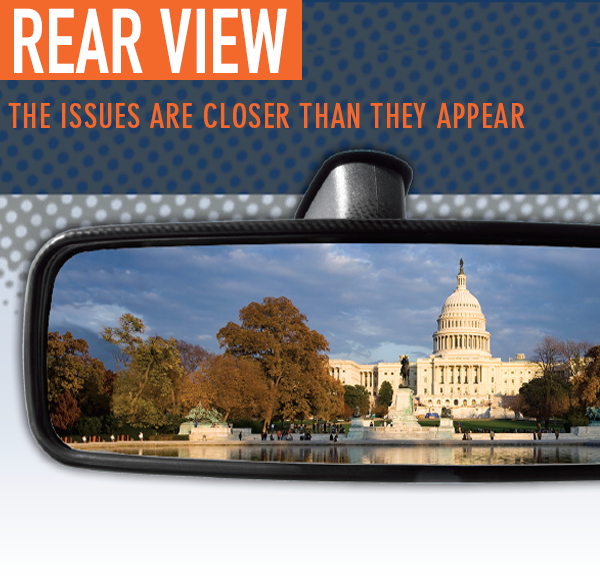In March 2014, President Obama signed a memorandum directing the Department of Labor (DOL) to overhaul the regulations that govern the exemptions from the Fair Labor Standards Act’s (FLSA) minimum wage and overtime pay requirements. Changes to the rule would more than double the minimum salary to satisfy the FLSA’s white collar exemptions. By doing so, more U.S. employees would be eligible for overtime pay. Currently, the salary threshold stands at $455 per week ($23,660 per year). With the Final Rule, the threshold would increase to $970 per week ($50,440 per year).
The Final Rule could be published in a few months, and most likely before July. What will the changes mean to your business? Let’s take a closer look and be sure to check out the TAKE NOTE resources to learn more.
The FLSA generally requires covered employers to pay employees at least the federal minimum wage for all hours worked and overtime pay of one and one-half times the employee’s regular rate of pay for all hours worked over the 40-hour workweek. There are exemptions for minimum pay and overtime pay by the FLSA based on three tests to determine duties, which are:
- The employee must be paid a predetermined, fixed salary that is not subject to reduction due to variations in quality or quantity of work performed.
- The amount of salary paid must meet a minimum specified amount.
- The employee’s job duties must primarily involve executive, administrative, or professional tasks as defined by regulations.
THE PARTICULARS
The Final Rule would increase the salary level to the 40th percentile of earnings for full-time salaried employees to be at or near $970 per week or $50,440 per year. The salary level would increase for highly compensated employees to the annualized value of the 90th percentile of weekly earnings of full-time salaried employees to approximately $122,000 annually. Also in the Final Rule would be a way to automatically update the minimum salary threshold for white collar exemptions on an annual basis by using a fixed percentile of wages or the consumer price index.
The DOL claims the Final Rule is an attempt to distinguish between employees who may satisfy the duties tests for the exemptions and those who do not. According to the March 2014 memorandum by President Obama, he stated the “FLSA’s overtime protections were a linchpin of the middle class, and that the failure to continuously update the salary level requirement for the white collar exemptions had left millions of low-paid, salaried workers ineligible for overtime.”

With respect to the duties tests, the DOL states it’s interested in whether the “tests are working as intended to screen out employees who are not bona fine EAP [white collar] employees.” Any change to the current language in the Final Rule could turn some exempt positions into ones that are eligible for overtime pay. Stay tuned for the Final Rule and seek out other resources to be informed.
ABOUT THE AUTHOR:

Donna Campbell is editor in chief of Modern WorkTruck Solutions and Modern Contractor Solutions. This monthly column will feature commentary on trending issues for work truck and transportation matters.
_______________________________________________________________________
MODERN WORKTRUCK SOLUTIONS: APRIL 2016 ISSUE
Did you enjoy this article?
Subscribe to the FREE Digital Edition of Modern WorkTruck Solutions magazine.
![]()




